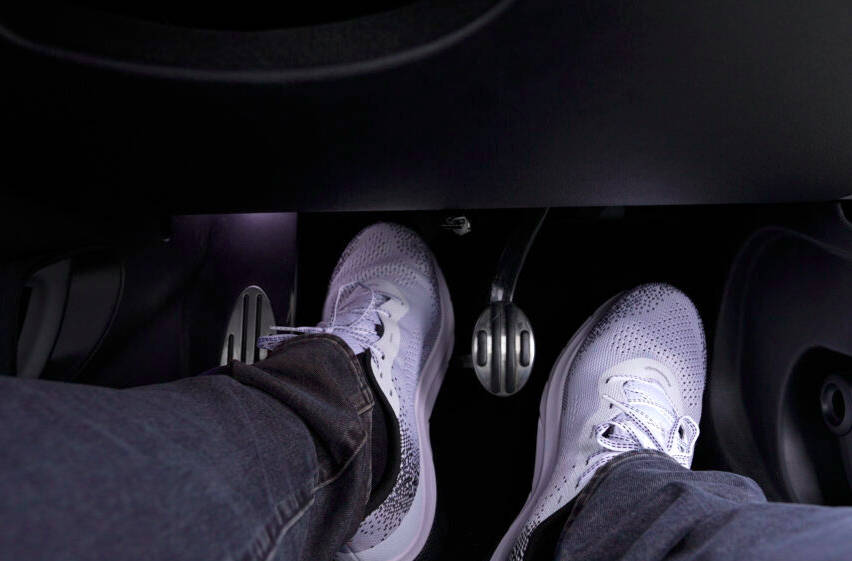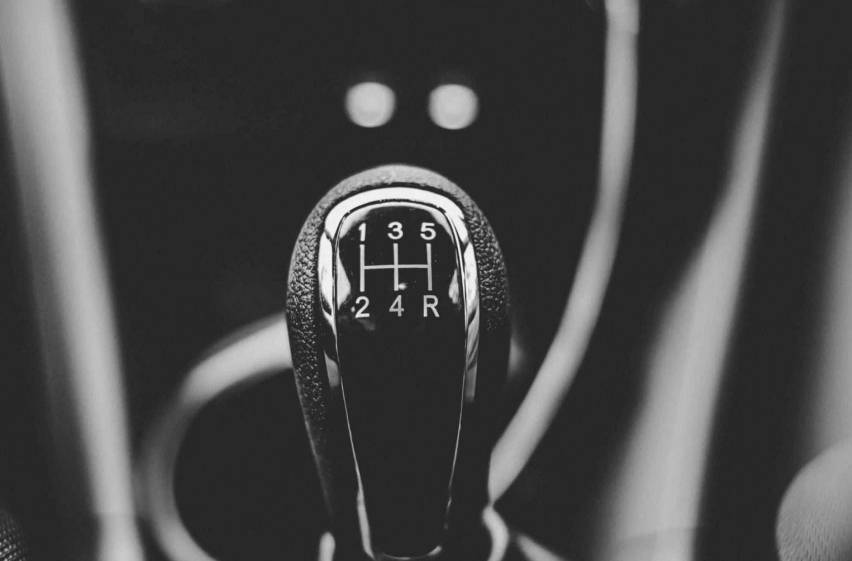Save your clutch: 5 things manual drivers should never do

- KEY TAKEAWAYS
- Driving a manual car & the role of clutch
- Why is protecting the clutch important?
- 5 Driving practices manual drivers should avoid
- Resting the foot on the clutch pedal
- Holding the car on an incline with the clutch
- Revving the engine while releasing the clutch
- Slipping the clutch unnecessarily
- Shifting gear incorrectly
- Tips to extend clutch’s lifespan
- Signs of a failing clutch
Driving a car is a skill that many aspire to learn, however, with the introduction of automatic transmission cars, learning has become much easier. Each transmission type, manual and automatic, offers distinct advantages and challenges, catering to different driving styles, skills, and needs. But one needs to be a little more careful with manual cars, as some driving habits can cut off years from the life of the clutch.
KEY TAKEAWAYS
What is the lifespan of a car’s clutch, and how can I extend it?
A clutch typically lasts around 100,000 km depending on your driving habits and conditions. To extend its lifespan, avoid riding the clutch, holding the car on inclines with the clutch, and unnecessary clutch slipping.How do I know if I’m riding the clutch?
Riding the clutch happens when you rest your foot on the clutch pedal even when it’s not necessary.Is it bad to press the clutch while braking?
Not always harmful, but it should be done only when necessary. Ideally, you should press the clutch just before the car reaches a stall speed.In this article, we’ll be talking about five things manual drivers should always steer clear of to extend the life of the clutch. But first, let’s know a little more about driving a manual car and the role of the clutch.
Driving a manual car & the role of clutch
It is a fact that driving a manual transmission car is a skill that requires precision, awareness, and finesse. However, as much as manual cars offer control and driving pleasure, improper habits can lead to premature wear and tear of one of their most critical components, the clutch. Speaking of which, the clutch plays an essential role in your car's operation, enabling smooth engagement between the engine and transmission.
Why is protecting the clutch important?
Replacing a worn-out clutch can be both time-consuming and expensive, as it often requires extensive labour. By avoiding a few harmful driving practices and adopting clutch-friendly practices, you not only save money on repairs but also enhance your driving experience. Moreover, maintaining a healthy clutch contributes to better fuel efficiency and reduces wear on other drivetrain components.
5 Driving practices manual drivers should avoid
Resting the foot on the clutch pedal
 Photo from drivejohnsons
Photo from drivejohnsonsOne of the most common mistakes among manual drivers is "riding the clutch" or not fully releasing the clutch pedal while the car is in gear.
Resting your foot on the clutch pedal applies constant pressure on the clutch mechanism. This keeps the clutch partially engaged, causing undue wear on the pressure plate and the clutch disc. Instead, make it a habit to rest your foot on the deal pedal, i.e., the footrest next to the clutch. Thus keeping the foot completely off the clutch when not shifting. This simple practice can significantly extend the life of your clutch components.
Holding the car on an incline with the clutch
New and unseasoned drivers are often seen relying on the clutch to keep the car stationary on the incline instead of using the handbrake. This is not at all good driving practice is called ‘clutch holding’ and forces the clutch to slip continuously, generating heat and causing friction on the clutch plate.
Instead, use the handbrake or engage the brake pedal to hold the car in place. This practice will not only save your clutch but also provide better control and reduce the likelihood of rolling back when parked on an incline.
Revving the engine while releasing the clutch
Another major mistake drivers make while driving is over-revving the engine while releasing the clutch during starting a car or changing gears. This practice results in excessive heat buildup and wears out the clutch faster than usual.
Instead, practice a smooth start by balancing the accelerator and clutch. The ideal practice is to allow the car to start moving just as the clutch begins to engage and gradually add throttle for a seamless transition.
Slipping the clutch unnecessarily
What’s ‘slipping the clutch’ you ask? It is a scenario when the driver deliberately keeps the clutch engaged to control speed, especially during slow manoeuvres like parking or navigating traffic. While occasional slipping is unavoidable, frequent or prolonged clutch slipping accelerates the wear on your clutch plate.
What’s the ideal practice? In low-speed situations, it's better to fully engage the clutch and rely on your car's momentum or brake to control speed. We’d suggest using the first gear or even switching to neutral momentarily when extremely slow movement is needed.
Shifting gear incorrectly
 Photo from REREV
Photo from REREVDrivers are often seen shifting gears improperly. Practices like aggressive downshift or skipping gears under heavy load are pretty common and damage not just the clutch but also the gearbox. Also, forcing the car into lower gear at high speeds makes the clutch work hard to match the engine and transmission speed which leads to excessive wear.
Instead, drivers should try and match the engine speed (RPM) with the appropriate gear. Learn rev-matching, a technique that helps ensure smoother downshift, and follow the recommended gear sequence to minimize strain on the clutch system.
Tips to extend clutch’s lifespan
In addition to avoiding the above-mentioned driving habits, here are a few extra tips to ensure the clutch stays in excellent condition:
- Regular maintenance: Schedule periodic inspections to identify and address clutch-related issues early.
- Avoid overloading: Excessive weight can make the clutch work harder, especially on inclines.
- Be gentle: Sudden movements, like dropping the clutch too quickly, can cause wear.
- Use the right gear: Driving in too high or too low a gear strains both the engine and clutch.
Signs of a failing clutch
Even with proper care, clutches do eventually wear out. Be alert to the following warning signs that may indicate your clutch needs attention:
- Slipping clutch: The engine revs but the car doesn’t accelerate as it should.
- Difficulty in shifting gears: Trouble engaging or disengaging gears smoothly.
- Burning smell: A distinct odor of burning could indicate clutch overheating.
- Noisy clutch pedal: Unusual sounds like grinding or squealing when using the clutch.
Note, that if you notice any of these symptoms, consult a professional mechanic to assess and repair the issue promptly.
Bottom line
Driving a manual car offers unparalleled connection and control over the vehicle, however, it also demands a level of responsibility to keep its components in top shape. By steering clear of these five clutch-damaging habits, you can enjoy smoother rides and ensure your clutch lasts for years to come.
Also Read: Surviving the monsoon: 7 Best practices for driving in low visibility
Featured Articles
- Latest
- Popular
Recommended Articles For You
Featured Cars
- Latest
- Upcoming
- Popular
Car Articles From Zigwheels
- News
- Article Feature
- Advisory Stories
- Road Test

